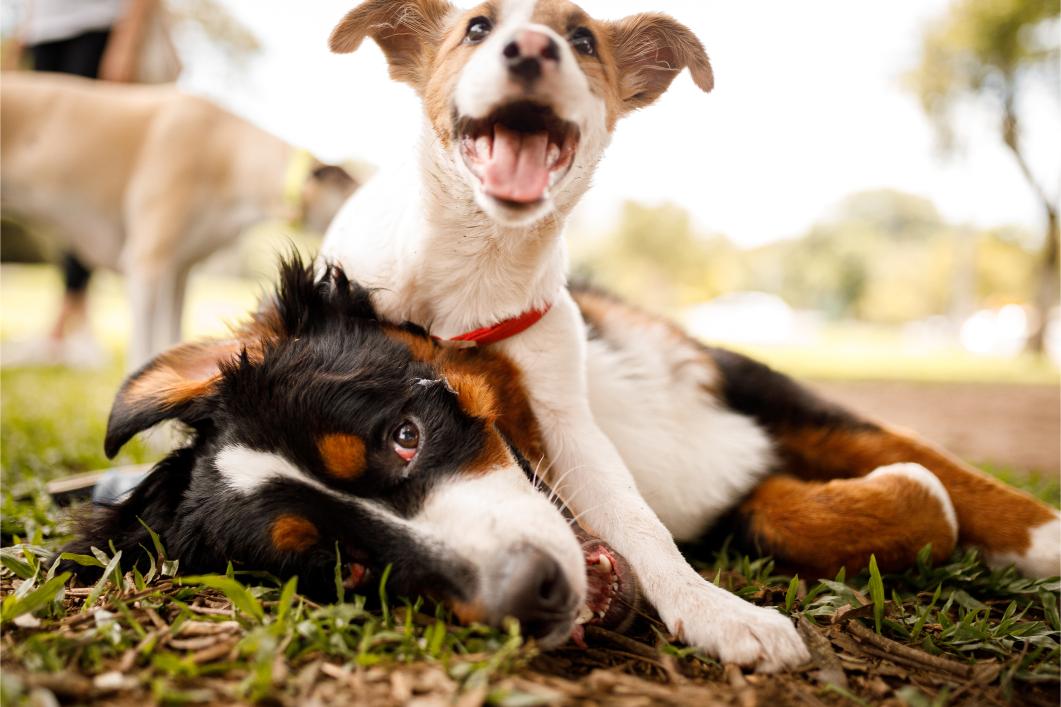Fostering Healthy Bonds: The Crucial Role of Socialization in Pet Wellbeing

So many things go into being a good pet owner. It’s not too difficult to realize that you are responsible to feed, water, and shelter your animal of choice, but there are other things that go into having a happy and healthy pet. The team at Bayside Animal Hospital experiences each and every day how good pet socialization and training can help animals to thrive.
Benefits of Pet Socialization and Training
Training your pet requires some investment—whether that be time or money, effort and patience will take you a long way. Luckily, you should see immediate results from your training work.
Somewhat different from training is socialization. Pet socialization is the process of preparing a dog or cat to enjoy interactions and be comfortable with other animals, people, places, and activities.
Ideally, socialization efforts should take place during the socialization period. This falls between 3 and 14 weeks of age for puppies, and 3 and 9 weeks of age for kittens.
There are many good reasons that make socialization and training worth putting some effort into:
- Behavioral issues are the number one reason pets are surrendered—training and pet socialization helps to prevent these
- A well-trained pet is overall safer
- A well-behaved and socialized pet is easier to travel with and to bring in for routine wellness and other veterinary visits
- Our pets feel more secure and happy knowing what is expected of them
Tips for Socializing Pets
Pet socialization is really a great opportunity to bond with your pet and experience the benefits of pet interaction in your life. While making extra effort during your puppy or kitten’s socialization window is the most effective way to socialize your pet well, it is never too late to start.
When trying to encourage pet socialization:
- Be careful not to overwhelm your pet
- Be on the lookout for subtle signs that fear, anxiety, or stress are escalating in your cat or your dog
- Get your dog out in public regularly to allow them to experience the world
- Make a special effort to introduce your pet to things that they may not encounter often (walking on a strange surface, hearing an odd noise, meeting someone wearing a hat, etc.)
- Mix it up and be sure that your pet meets people of all ages, shapes, sizes, colors, and demeanors
- Handle all parts of your pet’s body regularly
- Consider group classes to get your pet lots of exposure
- Keep it positive and reward your pet often
- Be sure that your demeanor and actions stay calm and happy
Socializing your pet and training them appropriately is key to helping them thrive and enjoy their world. Let us know if you need help getting started so that you can be sure that your pet lives their best life.


